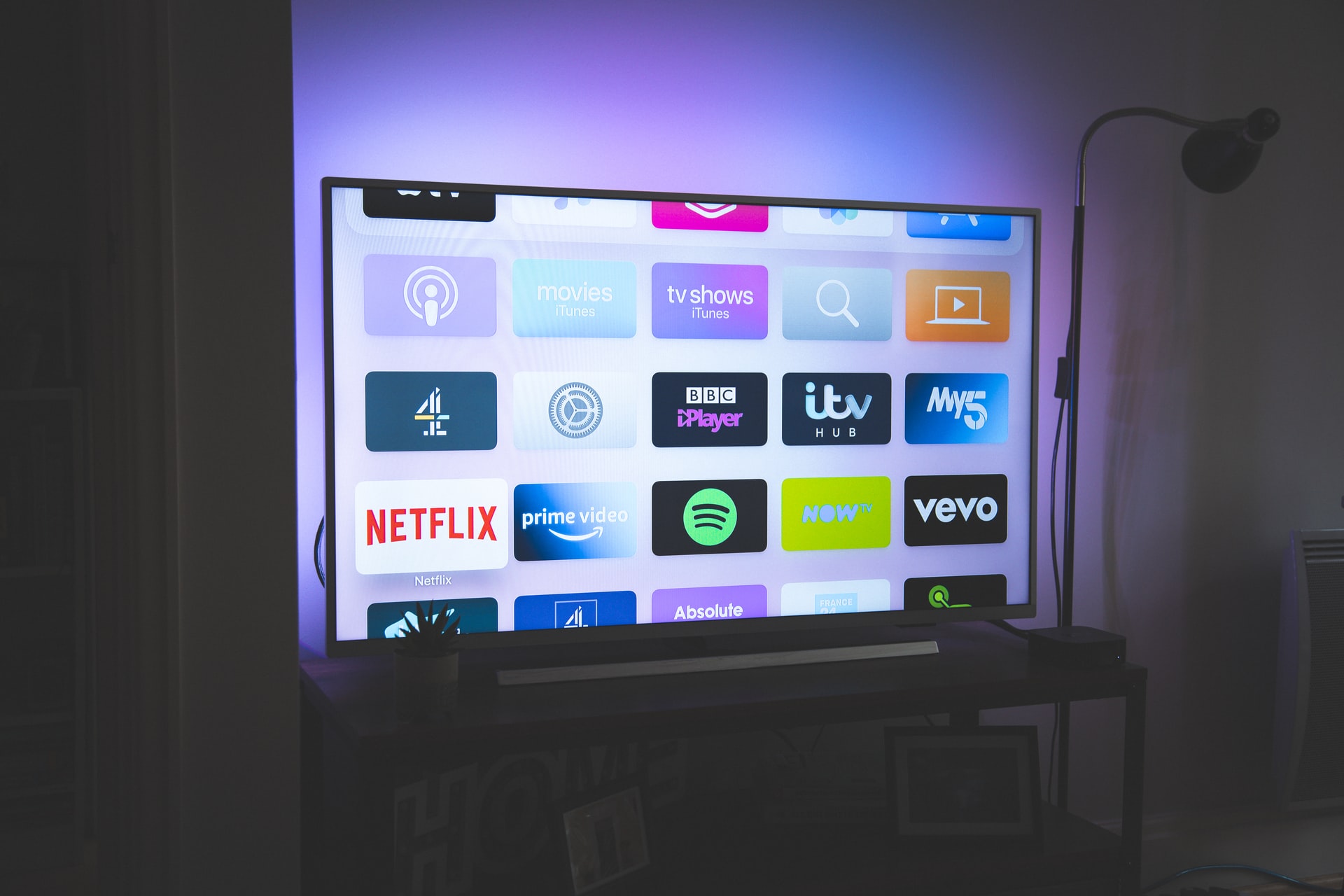In the latest sign that legacy cable providers see the writing on the wall, AT&T made waves early this week with a new mega-media deal to merge their WarnerMedia business with Discovery. Just hours later, news broke that Amazon is in talks to acquire MGM in a separate billion-dollar deal.
While pay-TV is certainly on its way out, streaming growth at some of the biggest networks in the space has begun to slow from the rapid pace that characterized the last few years. Part of that is saturation in the US market, where 82% of consumers are subscribed to a streaming service and the average buyer already has four separate subscriptions. International markets will be the key variable to watch going forward.
Related ETF & Stocks: Roundhill Streaming Services & Tech ETF (SUBZ), Netflix, Inc. (NFLX), Amazon.com, Inc. (AMZN), AT&T Inc. (T), Discovery, Inc. (DISCA), The Walt Disney Company (DIS)
Streaming Surpasses 1 Billion Subscribers Amid Pay-TV Struggles
The top five publicly traded pay-TV companies – Comcast, Charter Communications, AT&T, Dish Network and Verizon – lost 1,561,000 video customers in Q1 2021. While that was about 22% less than the 2 million lost in the first three months of 2020, projections show legacy MVPDs’ (cable, satellite and telco) losses to accelerate in the months and years ahead. Per S&P Global, these operators are set to lose 8.2% of their subscribers this year, up from losing 7.9% in 2019 – and are set to shed another 10.3% in 2022.
Between 2012 and 2020, data from Leichtman Research shows MVPD penetration in American homes has fallen from 88% to just over 61%. The industry has lost a cumulative 12.5 million consumers, 14% of their customer base, in the last two years.
Meanwhile, the number of streaming subscriptions world-wide exceeded 1.1 billion last year, up from fewer than 400 million subscriptions in 2016, according to the Motion Picture Association. According to a recent Deloitte survey, 82% of Americans subscribe to a paid video streaming service, with 4 being the average number of video streaming services they’re subscribed to. As Cord Cutters News highlights, only 67% of Americans have a pay-TV subscription and fewer use an ad-supported streaming service at 55%.
AT&T Deploys Another $40 Billion for Discovery, $20 Billion for Content
To make up lost ground in the streaming race, many legacy cable providers have had no choice but to start shoveling billions of dollars into new streaming services. AT&T is a prime example of how far these operators will go to keep up with the Netflixes of the world, dropping more than $85 billion on a controversial deal to acquire Time Warner back in June 2018.
After finally rallying strong gains with their HBO Max streaming service, now 20 million customers strong, AT&T doubled down on their spending strategy by announcing it will join its massive WarnerMedia operations that include CNN, HBO, TNT and TBS, with Discovery, the owner of lifestyle networks including the Food Network and HGTV, in a $43 billion deal. Discovery has 15 million streaming subscribers around the world.
AT&T made waves in late 2020 when the company said its entire slate of movies for 2021 — 17 in all — would drop onto its HBO Max streaming service on the same day they appear in theaters, totally abandoning the old system of “windowing” its cinematic releases.
As the New York Times writes, the AT&T-Discovery tie-up would create a new company bigger than Netflix or NBCUniversal. WarnerMedia and Discovery together generated…
To read the rest of this Market Insight, START A FREE TRIAL You’ll also gain access to: If you already have a subscription, sign in










